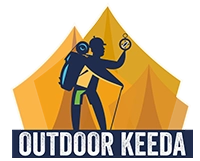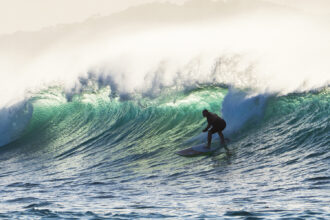The National Highways Authority of India (NHAI) has reassured highway users that their travel experience will remain unaffected as new FASTag transaction norms come into effect. These changes, aimed at improving toll payment systems, were introduced following a circular issued by the National Payments Corporation of India (NPCI).
Key Updates to FASTag Regulations
Stricter Balance Validation
Starting February 17, 2025, FASTag transactions will follow stricter balance validation rules. If a FASTag is blacklisted or has a low balance for more than 60 minutes prior to reaching a toll booth, and this issue persists for 10 minutes after arrival, the transaction will be declined. Previously, users could recharge their FASTag at the toll booth and proceed, but this will no longer be possible under the new norms.
Real-Time Tag Status
NHAI clarified that all National Highway toll plazas operate on ICD 2.5 protocol, enabling real-time tag status updates. This allows users to recharge their FASTag accounts any time before crossing the toll booth. However, some state highway toll plazas still use the older ICD 2.4 protocol, which requires regular updates. Plans are underway to upgrade all toll plazas to ICD 2.5 protocol for consistency.
Benefits of the New FASTag Norms
Faster Dispute Resolution
The new rules aim to facilitate dispute resolution between acquirer and issuer banks, ensuring that delayed or failed transactions are minimized. This enhances the reliability of the FASTag system.
Reduced Delays
By enforcing stricter validation and real-time updates, NHAI expects a reduction in transaction delays, leading to smoother traffic flow at toll plazas.
Transparency
The updated system promotes greater transparency in toll charges, enabling users to monitor their transactions effectively through FASTag apps or SMS alerts.
How to Avoid Issues with FASTag
- Maintain Adequate Balance: Ensure your FASTag account has sufficient funds before your journey.
- Monitor Your Tag Status: Use the FASTag Customer Portal or the official NPCI portal to check if your tag is active, inactive, or blocked.
- Update KYC Information: Expired KYC documents can result in a blacklisted FASTag. Keep your details up to date.
- Recharge in Advance: Avoid last-minute recharges to prevent transaction refusals.
Steps to Unblock a Blacklisted FASTag
- Recharge your account with the required minimum balance.
- Confirm the payment and check the updated status.
- Wait a few minutes for the system to recognize the recharge.
Satellite-Based Toll Collection: A Glimpse Into the Future
In addition to FASTag updates, the Ministry of Road Transport and Highways is piloting a Global Navigation Satellite System (GNSS)-based toll collection system. Here’s how it works:
Distance-Based Tolling
Under this system, toll charges will be calculated based on the distance traveled, offering a pay-as-you-use model. Private vehicles equipped with GNSS can travel up to 20 kilometers daily for free on select highways; charges apply beyond this limit.
Improved Efficiency
GNSS eliminates the need for stopping at toll plazas. Satellites track vehicle movement, and toll payments are processed automatically, similar to the FASTag ecosystem.
Trial Runs
The GNSS-based system has been successfully tested on the Bengaluru-Mysore section of NH-275 in Karnataka and the Panipat-Hisar section of NH-709 in Haryana. Dedicated GNSS lanes at toll plazas will feature advanced readers for vehicle identification. Non-GNSS vehicles entering these lanes will incur penalties.
Ensuring a Hassle-Free Journey
The new FASTag and GNSS systems mark a significant step toward modernizing India’s toll collection infrastructure. Users are encouraged to:
- Keep their FASTag accounts active and funded.
- Check their tag status before traveling.
- Familiarize themselves with GNSS-based tolling for future travel.
By planning ahead and adhering to these updates, highway users can enjoy smoother, more efficient journeys across India.







